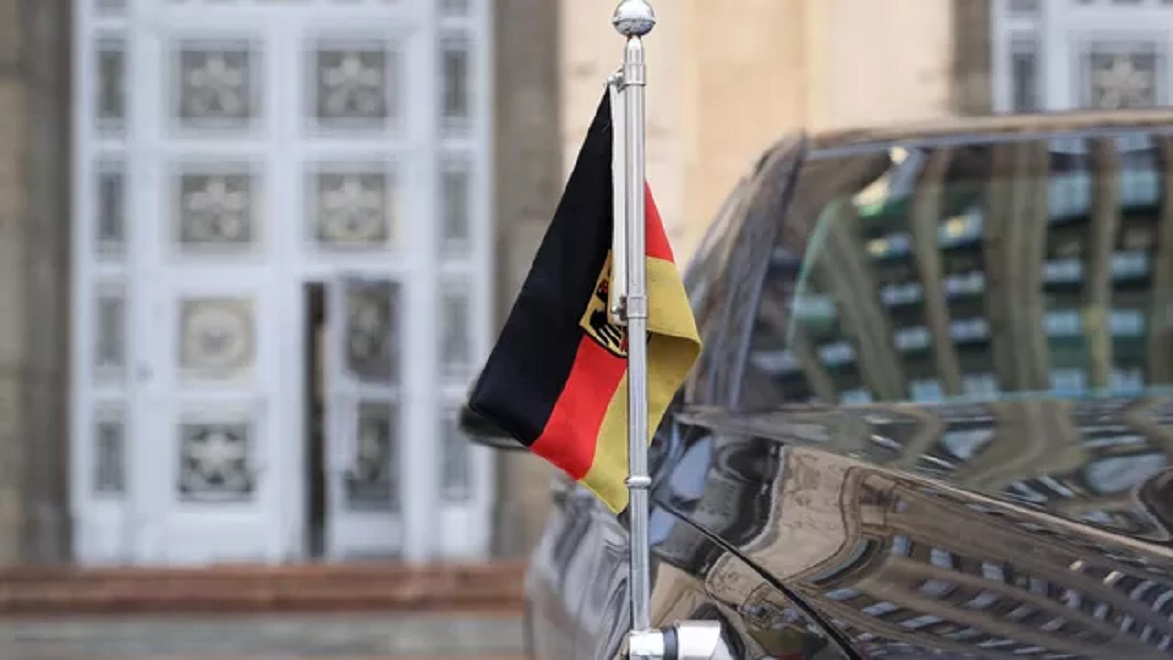Germany and France Announce the Start of the “Tank of the Future” Project
The Ministries of Defense of Germany and France have announced that they have begun implementing the joint project for the development of the “tank of the future.” After a phase of coordination, both countries have taken concrete steps towards realizing this ambitious project, with an expected production start date in 2040. French Minister of Defense Sebastien Lecornu and German Minister of Defense Boris Pistorius shared this news during a joint press conference broadcasted by the German television channel, Phoenix.
“We have been in the diplomatic phase, but today we are entering the operational phase of the program (for the development of the tank of the future),” stated Lecornu.
According to Pistorius, both sides are expected to sign the main document outlining the project’s provisions by September, and tangible results are anticipated to be visible by 2035. Both ministers emphasized that the tank of the future would not be a new generation of the Leclerc or Leopard tanks but a groundbreaking tank incorporating the most advanced technologies. Lecornu highlighted the importance of interoperability, noting that the events in Ukraine had demonstrated its significance.
The joint Franco-German project for the development of the Main Ground Combat System (MGCS) was initiated in 2012. Its purpose is to replace the heavy Leopard 2 and Leclerc tanks by 2040.
This collaboration between Germany and France signifies a significant step towards consolidating European defense capabilities. It highlights the countries’ shared vision for the future of armored warfare and underscores their commitment to technological innovation.
The decision to embark on the tank of the future project reflects the changing nature of warfare and the need to adapt military capabilities accordingly. As traditional battlefields evolve, incorporating new threats and challenges, it becomes essential for nations to invest in cutting-edge defense systems.
The tank of the future project aims to address these evolving needs by leveraging the latest advancements in technology and design. The development of advanced sensors, artificial intelligence, autonomous capabilities, and enhanced situational awareness will be crucial components of this ambitious endeavor. By harnessing these innovations, Germany and France aspire to create a tank that can effectively operate in modern warfare scenarios while ensuring the safety of its crew.
The collaborative nature of the project signifies the growing recognition among European nations of the advantages gained through joint defense initiatives. By pooling their resources, expertise, and research capabilities, Germany and France can accelerate the development process and share the financial burden associated with such ambitious projects.
Furthermore, this joint endeavor not only strengthens the defense capabilities of the participating countries but also fosters greater interoperability within the European Union. Enhanced interoperability facilitates effective coordination and cooperation between member states during multinational operations, ultimately leading to increased operational efficiency.
The tank of the future project also holds significant economic implications for both Germany and France. The development and production of advanced military equipment generate high-skilled jobs, foster technological innovation, and stimulate growth in the defense industry. Additionally, successful collaboration on such complex projects positions these countries as global leaders in defense innovation and reinforces their standing in the international defense market.
While the tank of the future project presents exciting opportunities, it also poses substantial challenges. The development of a state-of-the-art tank requires substantial financial investments, long-term planning, and the ability to adapt to evolving technological landscapes. Both Germany and France will need to navigate these complexities while maintaining a clear focus on their shared objectives.
As the project progresses, it will be essential to ensure close communication and cooperation between all stakeholders, including government agencies, defense contractors, and research institutions. Regular assessment and evaluation of the project’s milestones will help identify potential obstacles and facilitate timely adjustments to maintain the project’s trajectory.
In conclusion, Germany and France’s joint venture for the development of the tank of the future marks a significant milestone in European defense collaboration. This ambitious project showcases their commitment to technological innovation, operational effectiveness, and enhanced interoperability. By harnessing the most advanced technologies and leveraging their collective expertise, these countries aim to redefine armored warfare and reinforce their defense capabilities for the challenges of tomorrow.













































